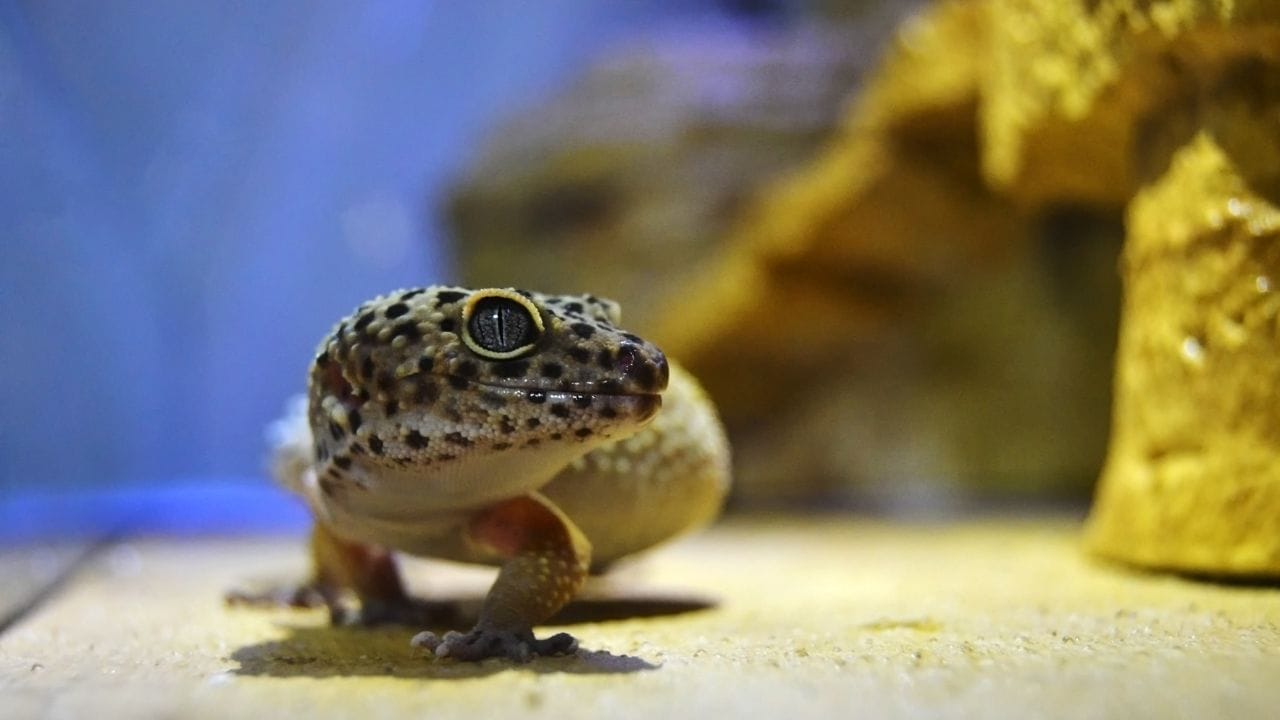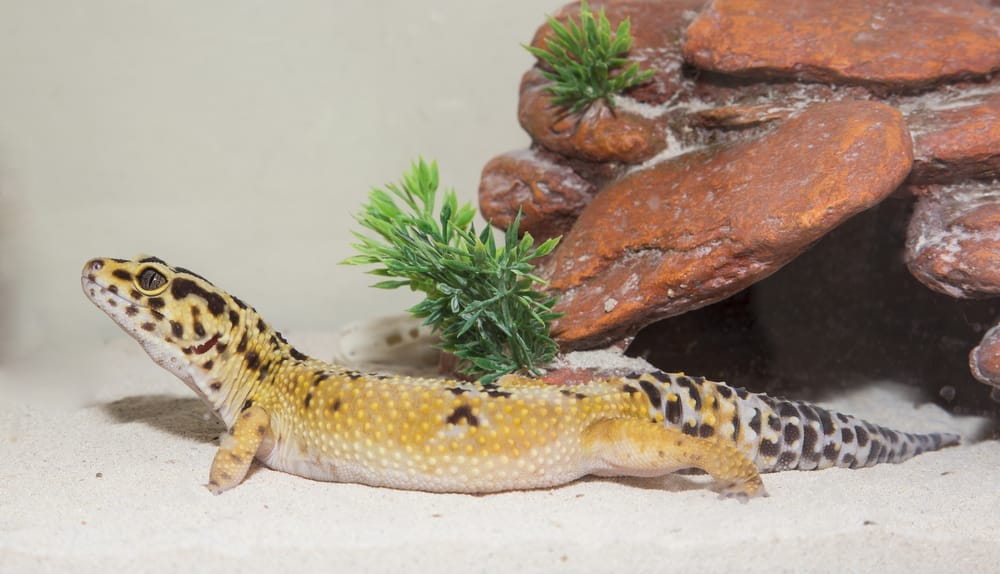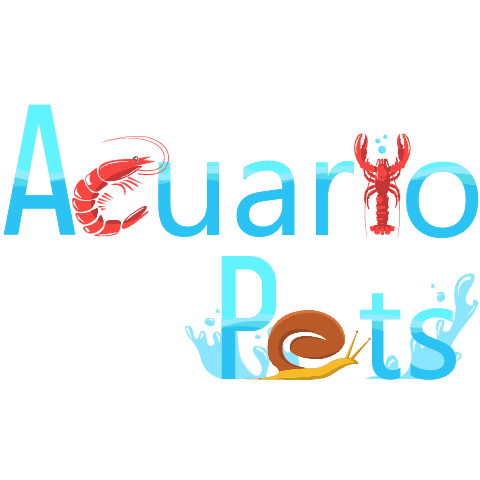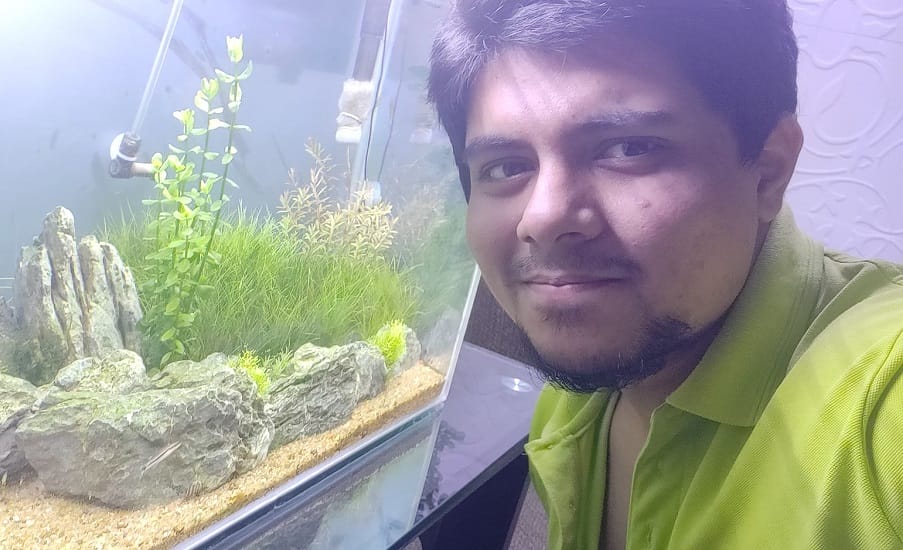This post was created with help from AI tools and carefully reviewed by a human (Muntaseer Rahman) . For more on how we use AI on this site, check out our Editorial Policy.
Check Out These FREE Tools We Made JUST For You!
How Many Times Can A Leopard Gecko Lose Its Tail?

When your Leopard Gecko suddenly drops its tail, it’s easy to panic. It looks dramatic and feels like something went horribly wrong.
But here’s the thing—tail dropping is actually normal for Leopard Geckos. It’s part of their built-in survival kit. They can do it more than once too.
Still, it’s not something you want happening often. Each time they lose a tail, it takes a toll. The new tail isn’t quite the same. And with age, their ability to regrow fades.
Let’s talk about why it happens, how often it can happen, and what you need to do when it does.

What Actually Happens When a Gecko Drops Its Tail?
When a Leopard Gecko drops its tail, it’s not an accident. It’s a built-in defense trick called autotomy. That means the tail is designed to break off at a weak point when the gecko feels threatened.
Right at that moment, muscles around the base of the tail clamp down and cut off blood flow. That’s why there’s very little bleeding. The tail keeps twitching on the ground, distracting whatever scared the gecko, while the gecko runs off.
It might look painful, but it isn’t. Geckos are wired for this. Still, the stress is real. After the tail drops, your gecko needs quiet time, clean conditions, and a little extra care to recover.
Why Leopard Geckos Drop Their Tails?
Leopard Geckos don’t lose their tails just for fun. It usually means something triggered their survival instinct. Here are the main reasons:
1. To escape danger
If your gecko feels threatened—by a predator, sudden movement, or even a hand grabbing its tail—it might drop the tail to get away. The twitching tail distracts the threat while the gecko escapes.
2. When stuck
If the tail gets caught under something heavy or wedged in a tight spot, the gecko might drop it to free itself. It’s a last resort when there’s no other way out.
3. Illness or weakness
A sick or underfed gecko can get stressed easily. In that state, even mild pressure or fear can lead to tail loss.
4. Stress
Too much handling, loud noises, tank mates, poor lighting, wrong temperatures, or dirty conditions—any of these can push a gecko into panic mode. And when stress builds up, tail dropping becomes more likely.
5. Aggression from other geckos
Male geckos fighting, or even bullying between geckos of different ages or sizes, can lead to tail loss. One strong nip or too much pressure during a scuffle, and the tail’s gone.

Can a Leopard Gecko Drop Its Tail More Than Once?
Yes, Leopard Geckos can lose their tails more than once. But there’s a catch.
The first time they drop it, the tail regrows. It won’t look exactly the same—it’ll be shorter, rounder, and made of cartilage, not bone. If that new tail gets dropped again, it won’t grow back the same way. The second regrowth, if it happens at all, will be slower and even less like the original.
Also, as your gecko gets older, the ability to regrow the tail weakens. Older geckos may not regrow a full tail at all.
So while it’s possible for a gecko to lose its tail more than once, it’s not something you want happening often. Repeated tail loss means something is off—too much stress, poor setup, or an aggressive tank mate.
What the Regrown Tail Looks Like
The new tail isn’t a perfect copy. It’s more like a quick patch job from nature.
Here’s what you’ll notice:
- Blunt and rounded – The original tail has segments and a pointed end. The regrown one looks smoother and thicker at the tip.
- Different color or texture – It may be duller or slightly off-shade from the rest of the body. Sometimes it even has a rubbery look.
- Made of cartilage, not bone – That means it doesn’t have the same strength or flexibility.
- No fracture zone – Once regrown, the tail won’t break off as cleanly again.
It still functions as a fat storage area, but not as well as the original. So while your gecko survives just fine, it’s never quite the same.
What To Do If Your Gecko Loses Its Tail
When your Leopard Gecko drops its tail, don’t panic. Just follow these steps to help it heal safely:
1. Calm your gecko
Handle it gently or not at all. Keep the tank quiet. Stress is already high—don’t make it worse.
2. Clean the wound
Use a cotton swab and dab a little reptile-safe antiseptic or antibiotic ointment. Don’t soak the gecko. Don’t use alcohol or hydrogen peroxide.
3. Clean the enclosure
Remove dirty substrate, leftover food, and insects. Use paper towels or a plain liner for now—no loose dirt or sand. A clean tank means lower risk of infection.
4. Isolate if needed
If other geckos are in the same tank, separate them. You don’t want more stress or a fight while your gecko is healing.
5. Give high-quality food and water
The tail stores fat. Now that it’s gone, your gecko needs energy and hydration to regrow it. Offer gut-loaded insects and calcium-dusted meals. Make sure water is always available.
Stick to these steps, and your gecko should bounce back just fine. Tail loss looks dramatic—but with good care, recovery is usually smooth.

How Long Does The Tale Take to Regrow?
It usually takes 3 to 4 weeks for a Leopard Gecko to regrow its tail. In some cases, it might take a bit longer—especially if the gecko is older, stressed, or not getting enough nutrition.
The first few days are all about healing the wound. After that, you’ll start to see a small stub forming. Over time, it thickens and rounds out into a new tail.
Just remember, the new tail won’t look the same. But if your gecko is eating well, staying calm, and living in a clean tank, the regrowth should go smoothly.
How To Prevent Tail Loss
Tail loss might be natural, but it’s not something you want happening. Here’s how to lower the chances:
1. Don’t handle too much
Leopard Geckos aren’t cuddly pets. Handle only when needed, and never grab the tail. Let kids and guests know this too.
2. Keep the tank clean
A dirty tank causes stress and infection. Spot-clean daily and do a full clean regularly. Use safe, simple substrate—paper towels work great during recovery.
3. Avoid housing geckos together
Geckos don’t need roommates. Putting them together often leads to fights, bullying, and stress. One gecko per tank is safest.
4. Maintain proper setup
Make sure the temperature and humidity are right. Too cold, too hot, or too dry can stress your gecko. Add hiding spots so it feels secure.
5. Watch for signs of illness
If your gecko looks weak, isn’t eating, or acts strangely, don’t wait. Stress from sickness can lead to tail loss. See a reptile vet if needed.
The goal is simple: keep your gecko calm, healthy, and unbothered. Tail loss shouldn’t be part of your care routine.
About Author
Hello, I’m Muntaseer Rahman, the owner of AcuarioPets.com. I’m passionate about aquarium pets like shrimps, snails, crabs, and crayfish. I’ve created this website to share my expertise and help you provide better care for these amazing pets.
Disclaimer
This site is owned and operated by Muntaseer Rahman. AcuarioPets.com is a participant in the Amazon Services LLC Associates Program, an affiliate advertising program designed to provide a means for sites to earn advertising fees by advertising and linking to Amazon.com. This site also participates in other affiliate programs and is compensated for referring traffic and business to these companies.

